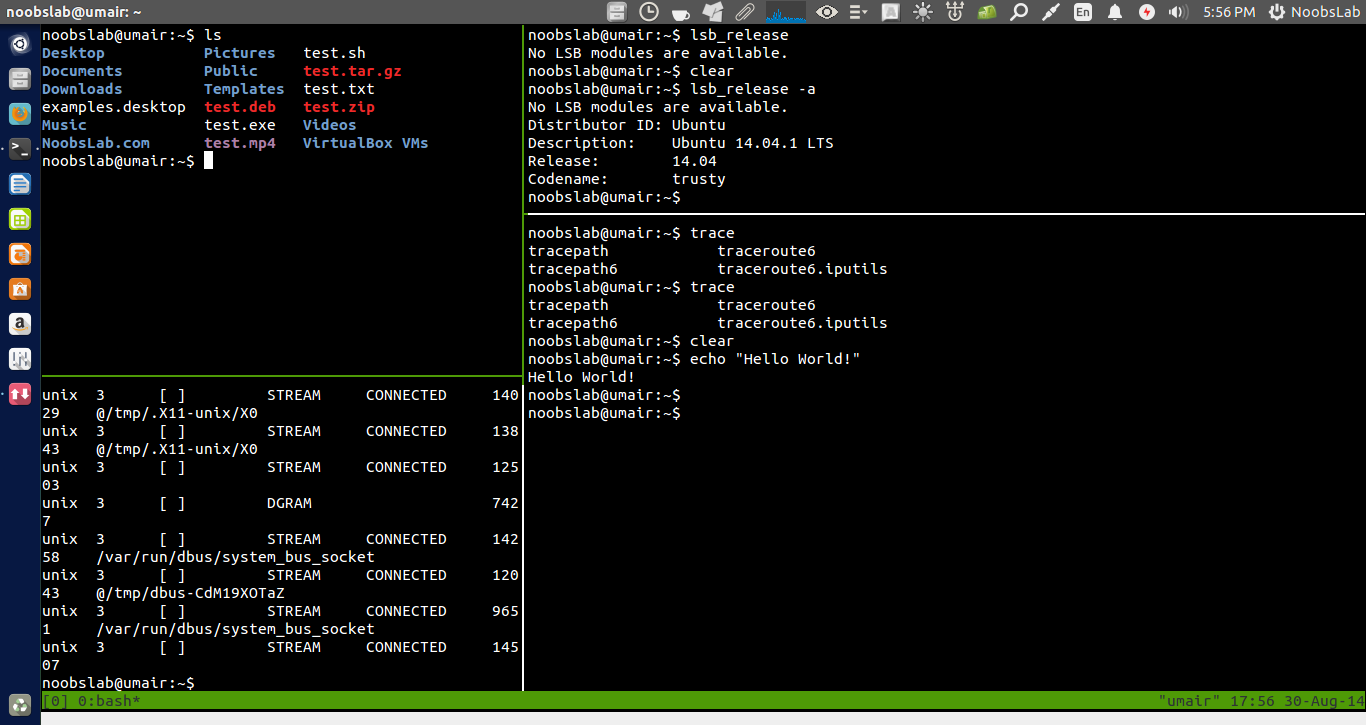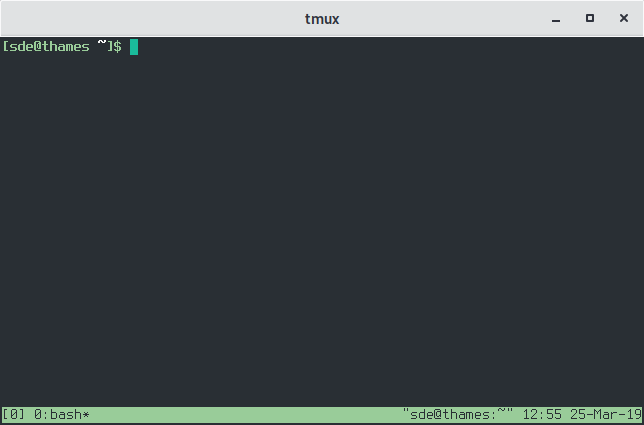

We start Tmux by running … well … tmux 🙂 This will clear your screen and add a (customizable) status bar to the bottom of the screen.įirst, let’s split the current pane vertically using + : To start, let’s open Bash on Ubuntu on Windows and install Tmux using apt-get:


A physical terminal (TTY) can then be attached to any PTY … or more than one in the case of Tmux: Tmux “attaches” each “pane” it contains to a separate PTY, allowing a single console/terminal to render the output of several *NIX tools in their own “pane” within the console. Tmux relies on a *NIX feature called Pseudo Terminals (PTY) that are attached to a process running a shell/tool, and which virtualize the behaviors of a terminal. In Windows 10 build 14361, available now to Windows Insiders fast-ring users, we’ve added Pseudo Terminal support to Windows Subsystem for Linux (WSL) which, along with improvements to Windows Console’s much improved support for rendering VT control sequences, enables Tmux support to light-up your console!įor those not familiar with it, Tmux is a terminal multiplexer – a popular (even essential) command-line tool that allows one to divide a console/terminal window into multiple “panes” and render the output of a shell and/or tool in each “pane”, and to switch input between each pane.


 0 kommentar(er)
0 kommentar(er)
